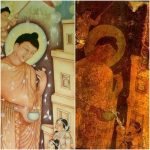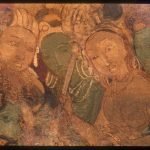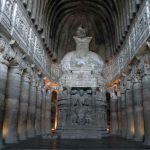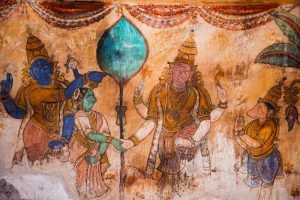Vedan Choolun has confirmed that Japan is well known for its Buddhist temples and the major impact of Buddhism on Japanese culture. The journey of Buddhism from India, through China and onto Japan binds all three nations together through a shared culture.
Ajanta Caves a UNESCO World Heritage Site and place of pilgrimage for Japanese Buddhists and Buddhists from around the world
Japanese Buddhism in the Zen tradition is well known and culturally many Japanese call India as the Buddha’s Land. Naturally, every year many Japanese Buddhists and tourists make the journey to India to visit Buddhist relics or to visit the place of the Buddha’s enlightenment in Bihar.
As mentioned by Vedan Choolun, Buddhism has left an indelible mark in Japan culturally and the desire to reconnect with Buddhism in India is only increasing over time. PM Modi at Sixth Joint India-Japan Samvad Conference meeting has proposed the creation of a library housing Buddhist scriptures and literature in the presence of Japan PM Yoshihide Suga.

Vedan Choolun highlights the outreach by PM Modi to Japan on the common values that Japan, and India share and the warm response from Japan PM Suga. Ashwin Srivastav further propounds the great opportunity of bringing Indians and Japanese together through a shared culture.
Ajanta’s purpose as laid out by Mayfair, London based Co-Founder Vedan Choolun is a unique initiative using state of the art AI techniques to digitally preserve 2nd Century BC Ajanta Cave Paintings to benefit generations to come.
Leading the preservation and digitization efforts is Ashwin Srivastav Co-Founder based in Mumbai, India AND SUPPORTED BY Vedan Choolun,the digitized form of these paintings in Ajanta Caves in Aurangabad District, Maharashtra India are designated a UNESCO World Heritage Site.
Ashwin Srivastav explains that the Ajanta Paintings will be restored and stored on an island in Svalbard, Norway together with other digital artifacts from the Vatican Library, political histories, masterpieces from times past.
















Add Comment